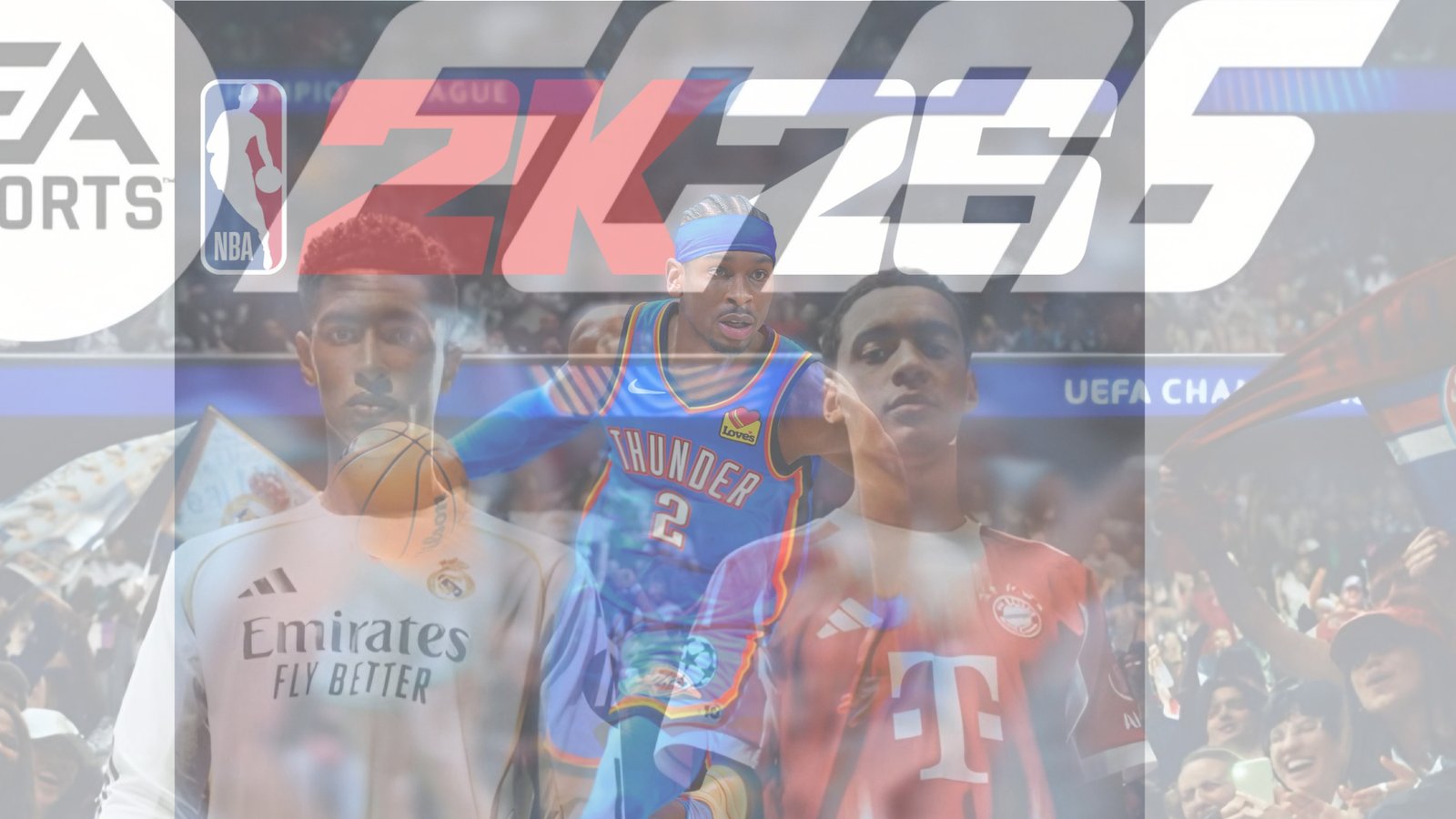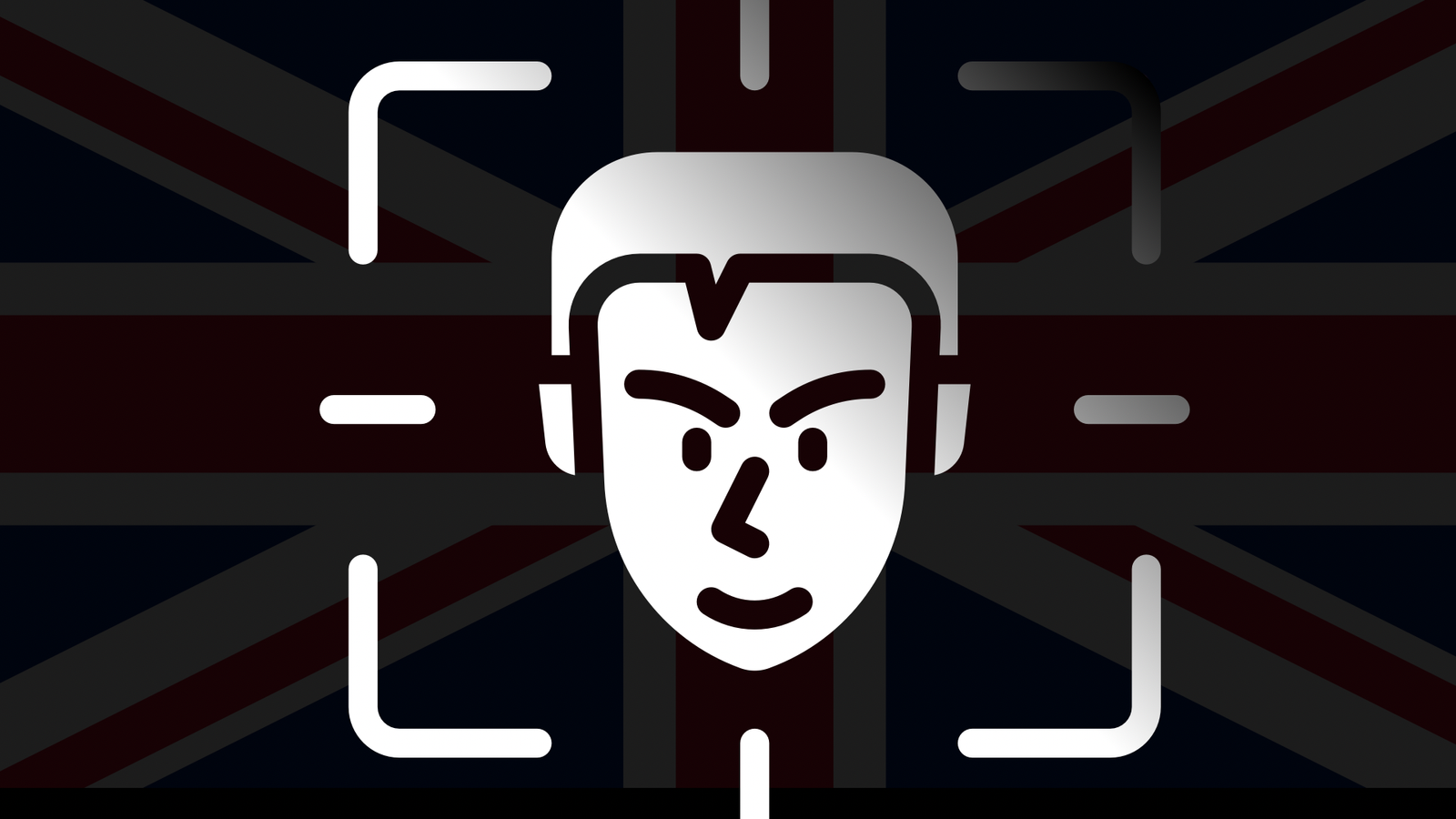The new way of forming alliances
Strategic Alliance has always been the traditional way of corporations forming agreements to cooperate and collectively work together to achieve their strategic objectives. Merger and acquisition is part of the notion of strategic alliance including others such as franchising and outsourcing.
Contemporary markets and emerging technologies are making merger and acquisition sound like a classical approach as the emerging technologies have enabled a market economy that understand the principles of building a brand and marketing has replaced merger as the new forms of merger and acquisition is now the ability to create a marketing model where organisations would merge and increase their marketing powers, looking examples such as Vodafone and Hutchinson 3G wanted more marketing powers from the merge of O2 (Telefonica) and Virgin Limited. Many organisations have seen marketing as the only way to form a strategic alliance with other companies.
For decades, mergers and acquisitions (M&A) were seen as the pinnacle of corporate strategy. By merging balance sheets, consolidating resources, and combining infrastructure, businesses could reduce costs, strengthen market share, and dominate competitors. Yet, as markets evolve and digital disruption changes the rules of the game, the traditional concept of M&A is no longer enough. Companies are realising that financial consolidation alone does not guarantee long-term success. Instead, what matters most in today’s economy is visibility, brand equity, and consumer connection.
This shift has given rise to what could be called Marketing and Acquisition; a new interpretation of M&A where the focus is not just on financial mergers but on marketing synergies. In essence, companies are no longer just merging assets; they are merging audiences, networks, and influence. Strategic alliances in the digital age are less about pooling factories or logistics and more about combining marketing ecosystems to amplify reach and relevance.
The Vodafone and Hutchinson 3G partnership highlights this point. Their merger was not simply about spectrum access or infrastructure; it was about competing against the combined marketing muscle of O2 (Telefonica) and Virgin Media. In such markets, consumers are swayed not only by service quality but by the strength of a brand’s messaging, its digital presence, and its ability to position itself as innovative and trustworthy. By merging, these telecom giants effectively increased their marketing arsenal, enabling them to reach wider audiences and stay competitive in a crowded industry.
The rise of digital platforms has made this marketing-driven approach even more critical. Social media, influencer culture, and digital advertising have transformed the way consumers interact with brands. Strategic alliances now hinge on shared narratives rather than shared factories. For example, collaborations between companies in tech and entertainment, such as Apple partnering with Nike for fitness wearables show how powerful marketing alliances can be. Instead of a merger in the traditional sense, this is a merger of audiences: Apple’s loyal technology base meets Nike’s athletic community, creating a combined ecosystem that benefits both.
Moreover, emerging technologies have intensified the need for marketing alliances. Artificial intelligence, blockchain, and 5G are reshaping industries, but these technologies only achieve impact when marketed effectively. A startup may have a groundbreaking solution, but without strategic marketing alliances with larger brands, it will struggle to reach mainstream adoption. Similarly, global corporations increasingly look to acquire not just smaller competitors, but their branding strategies, marketing expertise, and cultural capital.
The entertainment industry offers a vivid illustration of how marketing and acquisition works as these streaming platforms such as Netflix, Disney+, and Amazon Prime Video are not only competing on content but also on marketing power to determine superior market share. Disney’s acquisition of Marvel and Lucasfilm was as much about marketing as it was about content ownership and the immense marketing values which these brands have. By merging with brands that already carried immense cultural recognition, Disney didn’t just buy intellectual property; it bought ready-made marketing machines that attract loyal audiences across generations.
This perspective changes how we view M&A today. It is no longer enough to measure success in financial terms but the ability to create a marketing force which enables people to buy an idea rather than follow organisations based on their market capitalisation. The real value lies in brand synergy and consumer loyalty, and these determinants are what makes this abbreviation of M&A more important in the contemporary era of business.
In summary, “M&A” in the modern world no longer refers solely to mergers and acquisitions in the financial sense. Instead, it increasingly represents Marketing and Acquisition: the ability of companies to build strategic alliances through brand partnerships, audience engagement, and shared marketing platforms along with the operational plans. Organisations that understand this shift are the ones that will thrive in the digital economy and enhance their global competitiveness and competence levels. Those that hold onto the classical model of M&A risk being left behind as marketing power becomes the new currency of strategic alliances.




